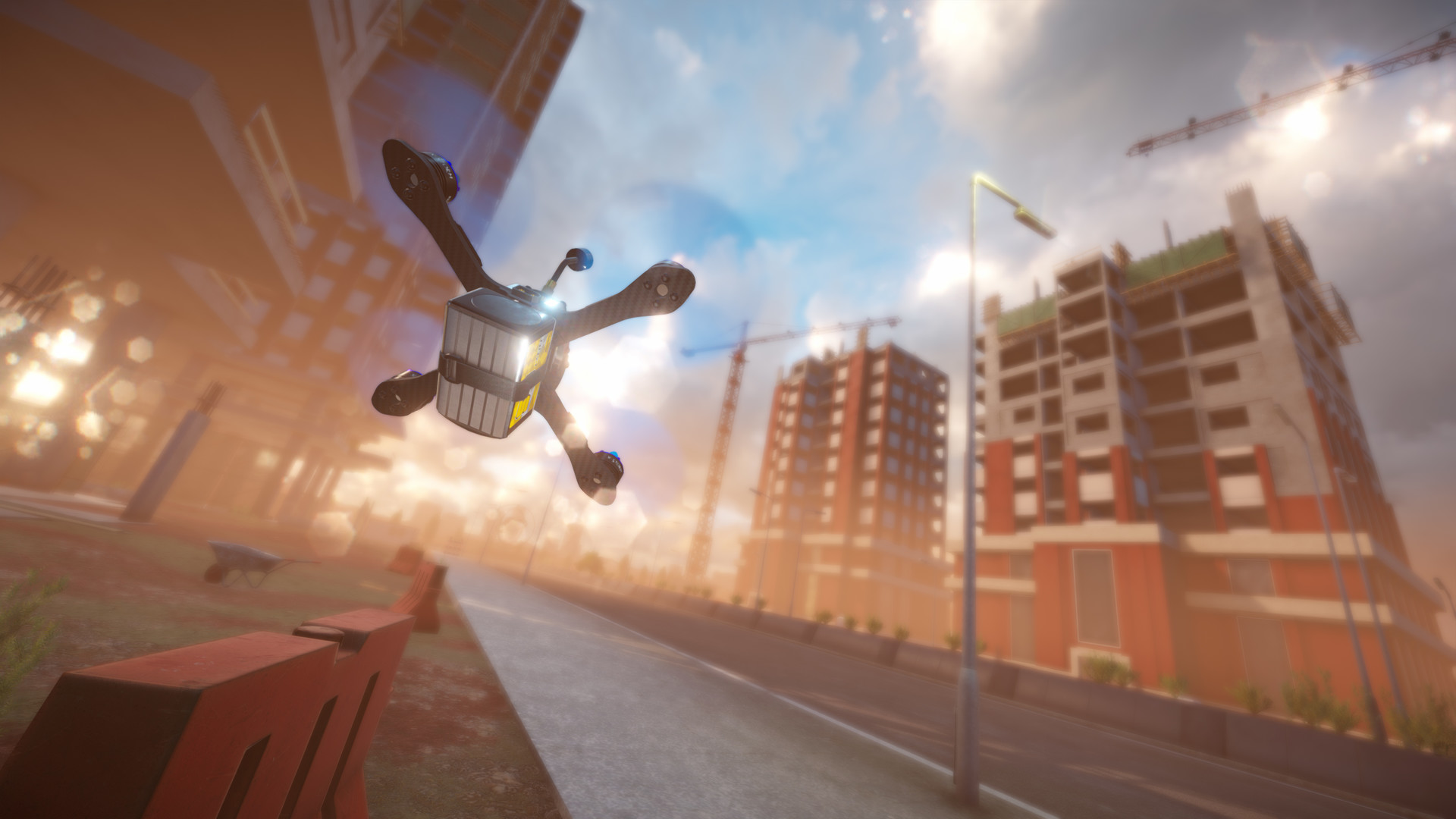
Nelson Solari, a Delta pilot who went through training to be a copilot on the 767, says he doesn't mind these "simulator sorties." Whether they are new hires or seasoned pros hoping to move up to a higher classification, pilots must complete a rigid ground-training curriculum before getting near a simulator.Īnd once they're in the simulator, they can expect a rough ride to test their ability in emergency situations.

"We try to create any kind of scenario in training that a pilot might see on the line," explains Dan Fukushima, a ground-training analyst for the airline. Then, on takeoff, he cut the engine that led to my crash. To spice things up, Pickett had me do an instrument approach at night, through thunderstorms into Atlanta, and land on an icy runway in Portland. As we zipped over Waikiki Beach at 1,200 feet, I saw the hotel where I spent my honey- moon. We flew low around the island of Oahu and saw amazing detail on the Arizona Memorial at Pearl Harbor. The simulator's graphic display - in this case, the scenery outside the cockpit window - is incredibly realistic. Once the voice grew so insistent I expected to hear, "Who let this fool fly, anyway?" On a few of my approaches, however, a mechanical voice boomed at me, "Sink rate! Sink rate," telling me that I was descending too rapidly. The big jet naturally wants to settle down gently. Landing a 767 was easier than I had anticipated. "Let's go back three miles and try that again," he will instruct.

If he doesn't like what you're doing, he will stop your flight in mid-air and tell you so. He can make it day or night, rain or shine.

With the push of a button he can put you anywhere in the world.
#LIFTOFF SIMULATOR CRASHES SERIES#
Otherwise, senior flight instructor Jeff Pickett guided me through a series of near-flawless landings in cities from Atlanta to Honolulu.ĭuring a training session, Pickett sits at a computer terminal behind the pilots' seats.


 0 kommentar(er)
0 kommentar(er)
